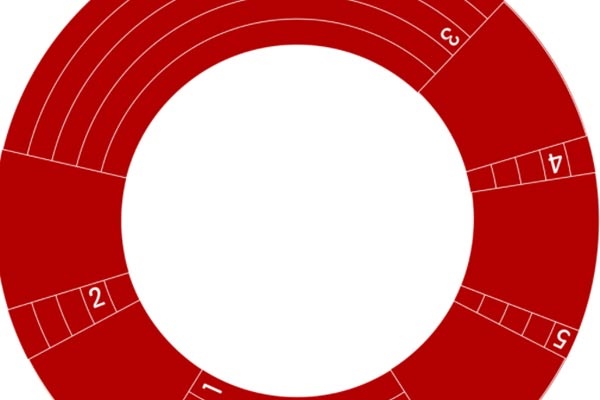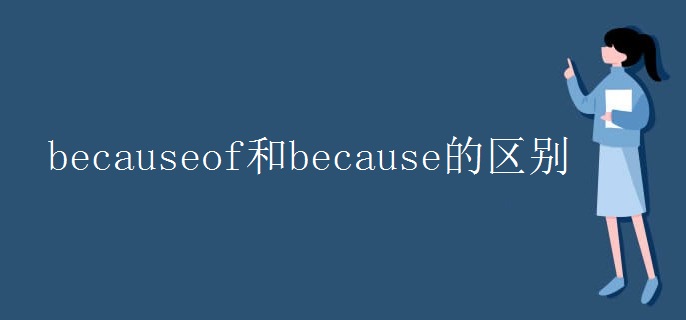ought to否定形式回答
ought to的否定形式为ought not to,ought not可缩写为oughtn't,意思为不应该。在肯定句中,ought to表示应该,后面接动词原形。

ought to的用法
(一)ought to意思是“应该;应当”,表示“有责任或义务”而做某事。例如:
You ought to take care of the old. 你应该照顾老人。
They ought not to cheat kids. 他们不应该欺骗小孩子。
(二)ought to在表示推测时,表示“应该……”,暗示有可能。例如:
They ought to be finished now. 他们应该完成了。
She ought to pass the test this time. 她这次应该能通过测试了。
(三)ought to的一般疑问句形式是将ought提到句首。例如:
Ought he to go there? 他应该去那里吗?
(四)ought to后加完成时:在肯定句中表示“过去本应该做某事而未做”;在否定句中意为“过去不该做某事却做了。例如:
You ought to have passed this exam. 你本应该通过这次考试的。
ought to与should的不同
(一)两者均用作情态动词,表示“应该”,常可替换,只是 ought to 语气稍重。例句:
The train ought to [should] have arrived at six. 火车本应该 6 点钟到的。
注:问句中用 ought to 时,对方除可用 ought (to) 来回答外,也可以用 should。
例句:
A:Ought you to take him to a doctor at once? 你该马上送他去看病吗?
B:Yes, I should.是的,应该马上送去。
(二)出于法令规则、行为准则、道德责任等客观情况而“应该”做某事时,一般应用 ought to。用 should 则含有个人意见,强调主观看法)。
例句:We ought to go and see Mary tomorrow, but I don’t think we will.
明天我们按理应该去看看玛丽, 但是我认为我们不会去。
(三)在公告、须知或条例中,出于礼貌,常用 should。
例句:
You should not run alongside the swimming-pool. 不准在游泳池边奔跑。



